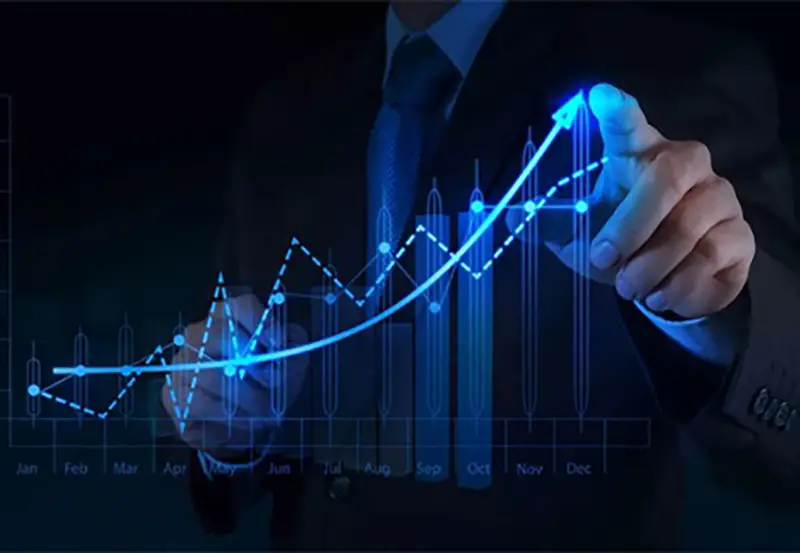Click here to get this post in PDF
Financial markets are highly volatile hence frequent fluctuations. Prices can go down rapidly after a long time of increase. As a result, analysts find it difficult to predict the market direction. When prices fall significantly during the bear market, most investors want to withdraw their money in order to avoid losses. Even though the bear market has some uncertainty, it has opportunities. Therefore, you have to build a trading strategy to avoid losing money. Let’s look at everything you need to know about quantitative trading.
What is Quantitative trading?
Quantitative trading is a strategy where a trader uses quantitative analysis to predict whether to buy or sell. This method involves a combination of mathematical formulas, comprehensive databases, and advanced technology.
How it works
A quantitative trader takes a trading technique and uses mathematics to create a model. This technique is executed using mathematical formulas. After finding a strategy, you have to backtest and see how the technique performs in the real market. Newbies can use free historical trading data from Yahoo Finance.
Traders need programming skills when they set up algorithmic trading systems. Generally, the most used language is C++. This is because it offers fast execution and high trading frequency. Also, some developers use Python and R to examine trading strategies.
When should we use Quantitative trading?
Quantitative trading can be used when the market opportunity is the same over a long period of time.
Why should we use Quantitative trading?
We use quantitative trading to:
- Analyze data quickly
- Analyze market throughout
- Get rid of emotional decision making
- Analyze and collect a large amount of data
- Analyze texts and images
What are the key components of Quantitative trading?
Quantitative trading has 4 key components. This include:
1. Strategy
Quant traders have to find a strategy to follow prior to creating a model. After researching the strategy, mathematical formulas are used to lower risks and increase returns. Moreover, a trader will choose how often the model will trade. Low-frequency systems determine long-term opportunities while high-frequency ones open and close several positions daily.
2. Backtesting
Backtesting is a vital process in developing a quant strategy. It involves using historical data to check how the strategy performs in the real market. New traders can use free historical trading data by Yahoo Finance while experienced ones can pay for advanced data. Backtesting can still fail due to market volatility and inaccurate historical data. Therefore, a trader has to get a full picture of the strategy.
3. Execution
Each system has fully automated execution and manual. An automated model doesn’t need human input since it uses an API to open and close opportunities. On the other hand, a manual requires a trader to reach out to a broker who places trades.
4. Risk management
Like any other form of trade, quant trading needs risk management. One area of risk management includes a capital allocation for every trade.
ZB is one of the world’s largest trading platforms. It offers quantitative trading to users. The platform has launched a quantitative trading bot that supports grid strategies like a classic grid, forward grid, and reverse grid.
The trading bot helps users to:
- Avoid mood swings and be a logic trader.
- Find 7 by 24 automatic trading.
- Support quantitative strategies like term arbitrage and grid trading.
To get started, visit the official website: Trade-Trading Bot
You may also like: The Secrets of Trend Trading
Disclaimer
The information contained above is provided for information purposes only. The contents of this article are not intended to amount to advice and you should not rely on any of the contents of this article. Professional advice should be obtained before taking or refraining from taking any action as a result of the contents of this article. Sandra Hinshelwood disclaims all liability and responsibility arising from any reliance placed on any of the contents of this article.
Image source: Depositphotos.com

